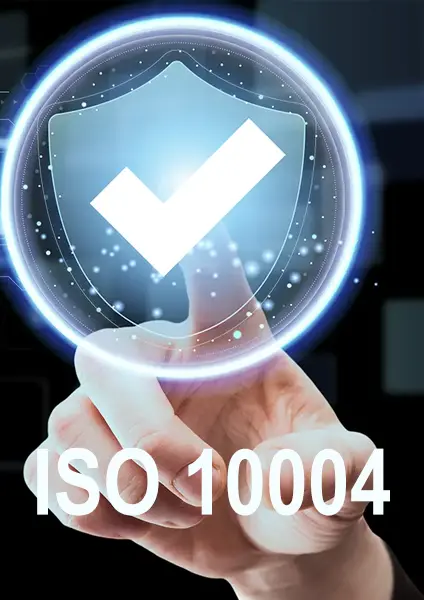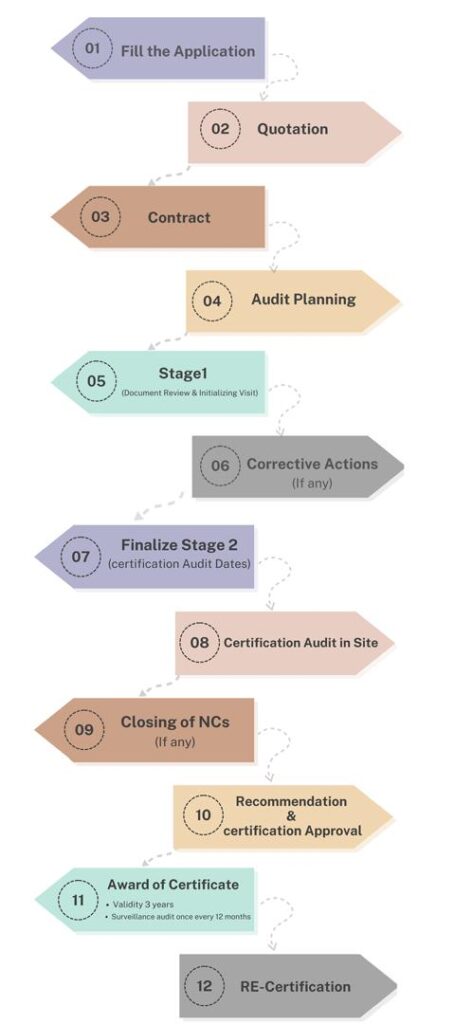Customer satisfaction is a critical metric for business success, and understanding how to measure and improve it is essential. ISO 10004:2018, an international standard for customer satisfaction monitoring and measurement, provides organizations with a structured approach to evaluate how well they meet customer expectations.
In this article, we’ll explore the fundamentals of ISO 10004:2018, its benefits, implementation steps, and practical strategies to maximize customer satisfaction. Whether you’re new to ISO standards or looking to improve your existing processes, this guide will equip you with the insights to enhance customer loyalty and drive business growth.
What Is ISO 10004:2018?
ISO 10004:2018 is a standard that provides guidelines for monitoring and measuring customer satisfaction. Unlike ISO 9001, which focuses on overall quality management systems, ISO 10004 emphasizes the customer’s perspective. It helps organizations:
- Identify customer needs and expectations.
- Measure satisfaction levels.
- Analyze feedback for continuous improvement.
While ISO 10004:2018 is not a certifiable standard, it complements other quality management frameworks and plays a vital role in customer-centric business strategies.

Why Is ISO 10004:2018 Important?
Understanding customer satisfaction isn’t just about resolving complaints; it’s about identifying what customers value and using that knowledge to enhance their experiences. ISO 10004:2018 provides a clear roadmap for gathering actionable insights that drive customer retention and business success.
Key Benefits of ISO 10004:2018
- Improved Customer Loyalty Organizations that actively monitor and address customer satisfaction foster trust and loyalty, leading to repeat business.
- Enhanced Decision-Making Data-driven insights from satisfaction measurements enable better strategic decisions.
- Competitive Advantage Businesses that prioritize customer satisfaction stand out in competitive markets.
- Proactive Problem-Solving Regular monitoring helps identify potential issues before they escalate, reducing customer churn.
- Alignment with Business Goals ISO 10004:2018 ensures customer satisfaction aligns with overall organizational objectives.
Core Elements of ISO 10004:2018
The standard outlines a structured approach to customer satisfaction management, focusing on these key areas:
- Planning and Design
Establish objectives for monitoring satisfaction and determine the methods and tools to collect data.
- Customer Identification
Identify your target audience and their expectations to tailor satisfaction measurement efforts effectively.
- Data Collection
Gather data through surveys, interviews, focus groups, or online reviews. Ensure methods are unbiased and accessible.
- Analysis and Reporting
Analyze collected data to identify trends, strengths, and areas for improvement. Share findings with stakeholders.
- Continuous Improvement
Use insights to make informed decisions and improve customer satisfaction over time.
Steps to Implement ISO 10004:2018
- Understand the Standard
Begin by thoroughly reviewing ISO 10004:2018. Understand how it aligns with your business goals and complements existing quality management systems.
- Define Objectives
Set clear goals for your customer satisfaction monitoring efforts. For example:
- Increase satisfaction scores by 10% in one year.
- Reduce negative feedback by 20%.
- Select Measurement Tools
Choose appropriate tools for data collection, such as:
- Customer satisfaction surveys (CSAT)
- Net Promoter Score (NPS)
- Online feedback forms
- Develop a Monitoring Plan
Outline the frequency, scope, and methods for measuring customer satisfaction. Ensure the process is scalable and adaptable.
- Train Your Team
Educate employees on the importance of customer satisfaction and their role in data collection and analysis.
- Collect and Analyze Data
Gather data regularly and use analytics tools to identify patterns and insights. Ensure data is accurate and actionable.
- Act on Insights
Implement changes based on findings to address customer pain points and enhance satisfaction.
Examples of ISO 10004:2018 in Action
Case Study: Online Retailer
An e-commerce company implemented ISO 10004:2018 to address declining customer satisfaction. By conducting quarterly NPS surveys, they identified slow delivery times as a recurring issue. After streamlining their logistics process, customer satisfaction scores improved by 25% within six months.
Case Study: Healthcare Provider
A hospital used ISO 10004:2018 guidelines to gather patient feedback through post-visit surveys. Insights revealed long wait times as a major concern. By introducing an appointment scheduling system, they reduced wait times and increased patient satisfaction by 30%.
Practical Tips for Implementing ISO 10004:2018
- Leverage Technology Use customer feedback software to automate surveys, track responses, and analyze results.
- Focus on Accessibility Ensure your feedback mechanisms are user-friendly and available across multiple channels, including mobile, email, and in-person.
- Engage Customers Actively encourage customers to provide feedback by highlighting how their input will be used to improve services.
- Involve Employees Train employees to understand the importance of customer satisfaction and empower them to contribute to improvements.
- Measure Regularly Consistent monitoring helps track progress and adapt strategies to changing customer expectations.
Challenges and How to Overcome Them
- Low Response Rates
Encourage participation by keeping surveys short, offering incentives, and using multiple communication channels.
- Biased Feedback
Minimize bias by using neutral language and anonymizing responses where possible.
- Analyzing Complex Data
Invest in data analytics tools to simplify the process and gain meaningful insights.
Conclusion
ISO 10004:2018 provides a structured framework for understanding and improving customer satisfaction. By following its guidelines, organizations can gather valuable insights, enhance customer experiences, and drive business success.
Remember, customer satisfaction is not a one-time effort but an ongoing commitment. Implement ISO 10004:2018 today to transform customer feedback into a strategic advantage and ensure your business thrives in a competitive market.
Certification Process
1- Completion of information related to the company name, company activities, the number of staff per work shift, website address, and branches.
2- Announcement of costs related to the requested certification issuance process.
3- Preparation and approval of the contract for implementation.
4- Planning the audit process and notifying the client for audit process.
5- reviewing documents to identify the client strengths and weaknesses in comparison to the established documentation.
6- Corrective actions for potential weaknesses.
7- Final planning for conducting the audit, registration, and certification issuance.
8- Conducting the on-site audit process at the client by the specialized team of the certifying company.
9- Corrective actions for potential weaknesses in the execution of the organization’s processes.
10- Recommendation for the issuance of a certification related to the client to the head office.
11- Achieving the related certification.
12- Renew after three years.


